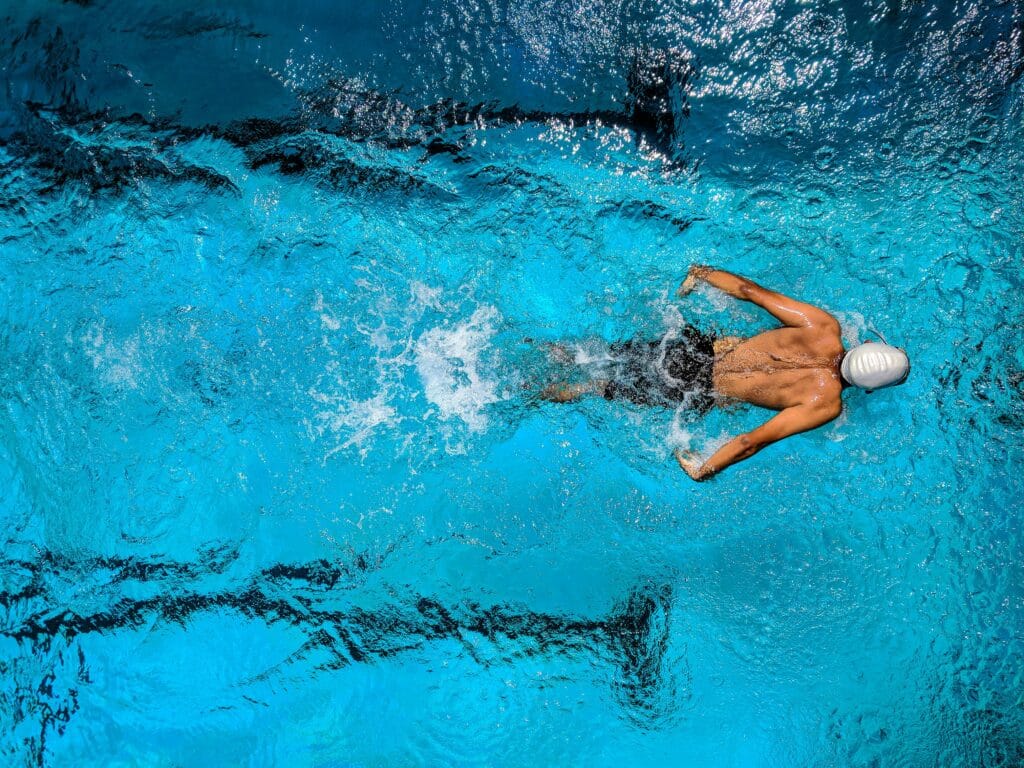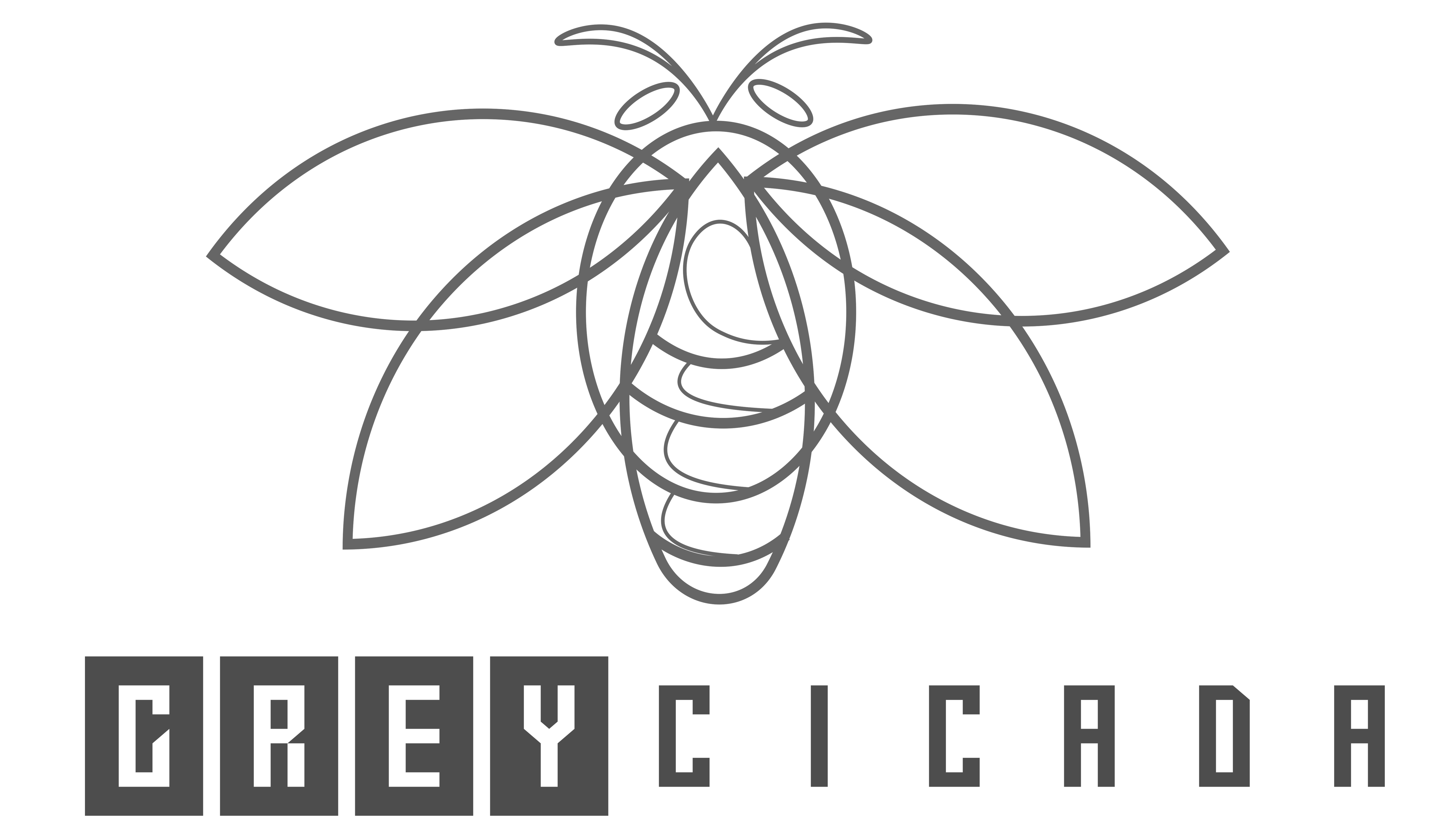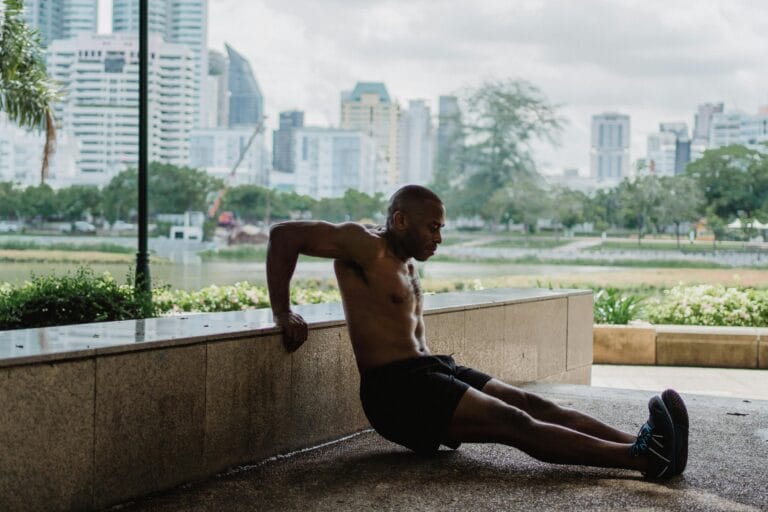FREE SHIPPING OVER $50
Why Some Athletes Peak After 40—Neuroscience Reveals the Brain Advantage

It seems counterintuitive. By the time many of us reach our forties, we expect a gradual winding down—a small dip in stamina, a little loss of speed, and maybe a longer recovery time after a tough workout. Yet, look around the elite fitness world: we see marathoners setting personal bests well into their late 30s and early 40s, quarterbacks defying retirement, and tennis players dominating competitors half their age. While the body undeniably faces physiological headwinds as we age, the question remains: How do these athletes manage to not just sustain, but often improve their performance after 40?
The secret to this incredible phenomenon isn’t a new supplement or a hidden genetic code. Neuroscience reveals that the true differentiator lies not in muscle or lung capacity, but in the power of the brain. These aging athletes possess a profound cognitive edge that compensates for, and in many ways surpasses, the raw physical power of youth. Their success is a lesson in brain advantage, showing us how decades of experience fundamentally rewire the mind to achieve optimal fitness performance when it matters most.
The Physical Decline Myth vs. Cognitive Reality
We must first acknowledge the reality of physical aging. After the age of 30, we see a slow but steady decrease in maximum heart rate, a reduction in Type II (fast-twitch) muscle fibers, and a slight decrease in VO2 max (the body’s maximum capacity to use oxygen). If performance relied solely on these biological markers, every athlete would be in steady decline.
However, the brain doesn’t necessarily decline in the same way. While tasks requiring quick, novel learning may slow slightly, highly specialized, practiced tasks—like those required by an elite athlete—become more efficient. Neuroscience shows that the brain’s ability to categorize, anticipate, and make rapid decisions improves dramatically with experience. This means the seasoned athlete can operate at a higher level of functional fitness even as their physical ceiling lowers, allowing them to peak after 40 through sheer mental mastery.
The Core Skill: Pattern Recognition and Anticipation
One of the most powerful brain advantages enjoyed by aging athletes is their superior ability to recognize patterns. Consider a soccer midfielder or a tennis player. They aren’t just reacting to the ball; their brain is instantaneously compiling information from the subtle shifts in opponents’ body language, the angle of a pass, or the rhythm of a serve.
Decades of exposure have hardwired their neural pathways to the point where they can predict outcomes fractions of a second faster than a younger, less experienced competitor. This anticipatory skill allows them to be in the right place at the right time, minimizing the distance they need to run and preserving precious physical energy. Their body may be a little slower, but their movement is profoundly more efficient.
The ‘Slow Motion’ Effect
This pattern recognition is what gives aging athletes the famous “slow motion” effect. Their performance doesn’t feel rushed because their brain has already solved the problem before the younger athlete has even started collecting the data. This means that even a physically slower movement initiated sooner based on anticipation can easily beat a faster movement initiated later based purely on reaction. This is the heart of the cognitive edge.
Decision-Making Under Pressure: The Executive Advantage
Another area where neuroscience reveals the aging edge is in executive function, which is largely governed by the frontal cortex. Decision-making during a high-stakes competition is a supreme cognitive load. Younger athletes often get overwhelmed by too much information, leading to hesitation or poor choices.
The aging athlete, however, has a highly developed filter. Their brains have learned, through thousands of repetitions, which data points are irrelevant to the current situation. They quickly and automatically discard the noise and execute the most probable, highest-percentage action. This leads to two critical advantages for fitness performance:
- Reduced Cognitive Load: The brain isn’t working as hard, which conserves mental energy—a huge factor in the final minutes of a competition.
- Higher Success Rate: They consistently make smarter choices, effectively eliminating the mistakes that cost younger athletes games, races, or matches.
This mastery of the mental playbook ensures they capitalize on every opportunity and avoid unnecessary physical exertion, helping them peak after 40.
Neural Efficiency: How the Brain Gets Faster with Practice
Even on the purely physical side, the brain finds a way to compensate for muscle decline through neural efficiency. When you practice a skill repeatedly for years, the neural pathways controlling that movement become insulated with a fatty white substance called myelin. This process is like laying fiber optic cable over old copper wires.
Myelinated pathways transmit signals from the brain to the muscle faster and more reliably. For the aging athlete, complex, highly practiced movement sequences (like a golf swing, a free-throw, or riding a tight corner in cycling) become virtually automated. This automation reduces reaction time, improves coordination, and makes the movement more consistent, regardless of minor physical changes. This is a profound brain advantage that allows the veteran athlete to maintain a high level of technical performance well past the age when physical traits typically begin their descent.
The Emotional Edge: Mastery of Focus and Anxiety
Finally, the neuroscience of stress reveals that aging athletes possess superior emotional regulation. The ability to manage the nervous system during competition is a skill honed over decades.
Older athletes have developed better ways to interpret and channel the adrenaline surge that hits during high-pressure moments. They are less likely to succumb to choking, overthinking, or performance anxiety. This superior mental toughness and capacity for sustained, deep focus are arguably the most essential traits that allow them to consistently deliver their best performance when it matters most, leading them to peak after 40 with the ultimate cognitive edge.
Harnessing the Brain Advantage: What You Can Do Today
You don’t need to be a professional athlete to benefit from this brain advantage. The principles of neuroscience apply to everyone looking to improve their fitness and maintain high performance as they age.
Start incorporating cross-training that demands cognitive load, not just physical exhaustion. Activities like learning a new complex skill, practicing tai chi, or training with visualization techniques all help build the neural efficiency and pattern recognition that allow your brain to compensate for physical aging. Focus less on trying to beat your younger self’s raw speed and more on mastering your technique and making smarter, more efficient decisions during your workouts. By training your brain with the same intensity you train your body, you too can unlock a path to peak performance as you age.
Related Articles
- If You’re Over 45 and Can’t Pass These 4 Strength Tests, Your Mobility May Be at Risk
- Over 40? Trainers Say These 6 Exercises Are Non-Negotiable for Strength and Longevity
- This Forgotten Bicep Trick From the Golden Era Builds Sleeve-Splitting Arms Fast
- This Bodyweight Move Builds a Stronger Backside Than Deadlifts—And Boosts Flexibility Too
- These 5 Pelvic Floor Exercises Can Transform Your Core, Bladder, and Bedroom—And Most Men Have No Idea



